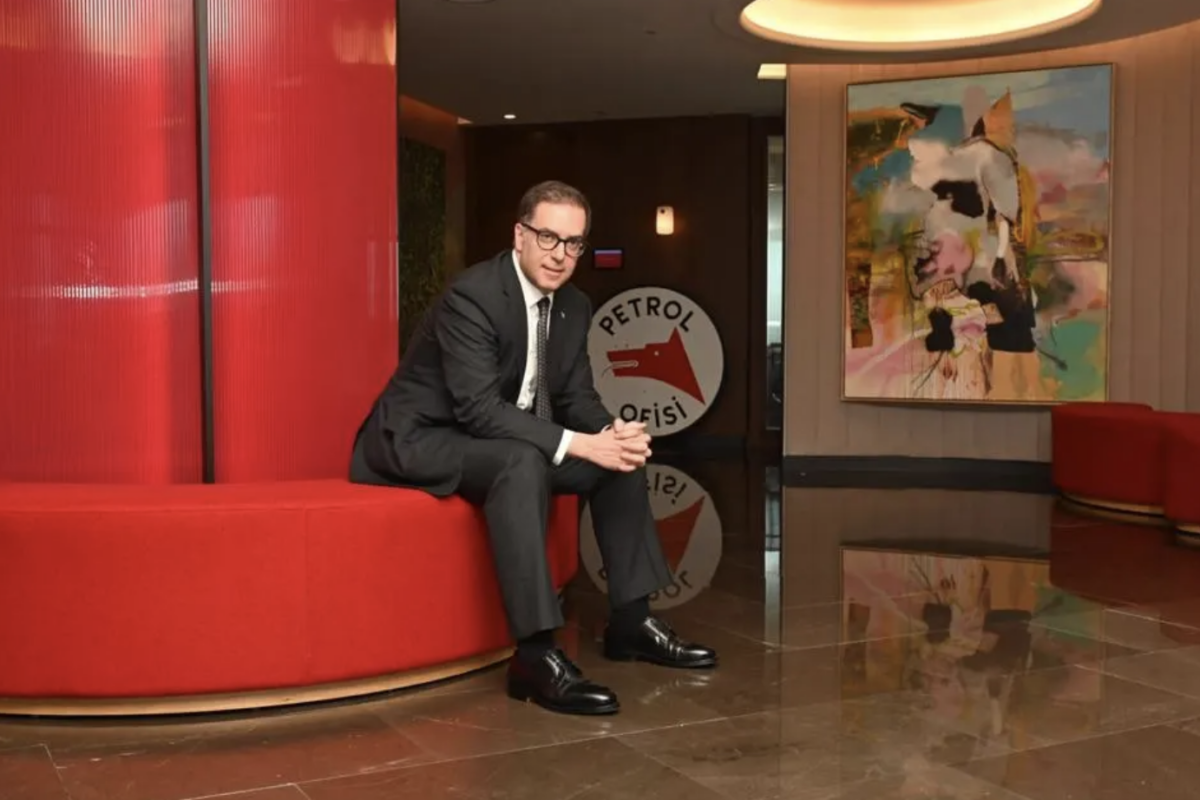Watch James Cameron’s blockbuster, and you might attribute the Titanic’s sinking 100+ years ago to hubris — the ship was moving too fast through iceberg-laden waters. But the causes of the disaster and its morals are more complex than that, and they contain important learnings for any organization trying to move quickly in unfamiliar territory:
1. Don’t Fixate On The Competition — Titanic was racing through the seas to rival the Cunard Line, which was building its name on fast travel by flagships such as its Lusitania. Titanic was a different kind of ship than its competitors, with far more space and unparalleled luxury. Still, its owners at the White Star Line sought to compete directly with their Cunard rivals on speed even though the vessel wasn’t designed for that kind of performance. For Titanic, speed created unique dangers because the ship’s enormous size made it less maneuverable. White Star should have concentrated on its real strengths, rather than be goaded into the dangerous approach of competing where the firm was weak.
2. Money Makes Mistakes Bigger — When big sums are at stake, organizations often take far larger risks than they should. Titanic was one of White Star’s major assets, and the reputation it would set on its maiden voyage could have a big impact on its future success. Accordingly, White Star focused on speed and luxury, not risk mitigation. It is often best to pilot new concepts in small, off-the-radar proving grounds where learnings can impact the ultimate approach. Unfortunately, Titanic’s trials were cut short and it had to earn its status based on a high-stakes crossing with a bevy of prominent passengers. Money can be a curse, prompting companies to aim for big wins to justify all the funding they receive. By contrast, a short financial leash keeps organizations focused on proving they have mitigated a handful of key risks so they can receive the next cash infusion.
3. Bigger Vessels Turn More Slowly — The laws of physics apply to companies; mass and velocity create inertia. In years of consulting to firms on growth strategy, I have seldom seen big entities move fast, despite all their will to do so. That doesn’t have to be a problem, so long as decision-making is devolved to people close to the action and companies are realistic about how quickly they can change course. If businesses know they will react more slowly than smaller rivals, they can hedge their bets so that small experiments can be scaled up quickly instead of assuming that they can create big ventures speedily from scratch.
4. Have A Warning System — If you need to move fast, make sure you have a really good way of spotting risks early. Titanic’s system for avoiding icebergs was clunky. Many fast-moving companies give little thought to what warning signs might be, and they don’t provide efficient routes for those signals to be communicated from the front line. They usually lay out success indicators for their management or investors, but they will seldom specify failure or re-direction indicators.
5. Know Your Competency — Titanic’s designers aimed primarily to build a safe ship, but White Star was focused on customer experience. That’s not unusual — the marketing people should be thinking about experience, after all, while engineers concentrate on the how-to. But ultimately engineers need a veto. In Titanic’s case, they were prodded into compromising elements of the design to make the owners happy. Why have lifeboats if they clutter the deck?
6. Have Clear Decision-Making In A Crisis — The flipside of devolving authority to smaller entities is the need for different rules when big problems arise. On Titanic, opportunities to mitigate the crisis were missed. The ship could have launched lifeboats earlier, filled them better, and sent distress signals sooner. The crew was unsure about who was calling the shots, especially once the scale of the crisis became clear. There are immense hazards in relying on traditional chains of command when fast reaction is critical.
7. Disasters Often Seem Trivial At First — When the iceberg hit, passengers thought the ice on deck amusing. They engaged in snowball fights. The crew also didn’t recognize the scale of the threat, continuing Slow Ahead. While companies can over-react to perceived threats, big problems frequently emerge from unexpected quarters, and it takes time to recognize the nature of the hazard. Kodak was afraid of Fuji, not digital. Dell focused on HP, not netbooks. MySpace paid little heed to a freshman drop-out from Harvard. Groupthink can be most dangerous when it assesses poorly-understood risks. It pays to seek diverse views and think through a range of scenarios about how unexpected events may play out. What seems like a snowball could be a harbinger of epic catastrophe.
Contributed to Branding Strategy Insider by Steve Wunker, Author of JOBS TO BE DONE: A Roadmap for Customer-Centered Innovation
Branding Strategy Insider is a service of The Blake Project: A strategic brand consultancy specializing in Brand Research, Brand Strategy, Brand Growth and Brand Education




